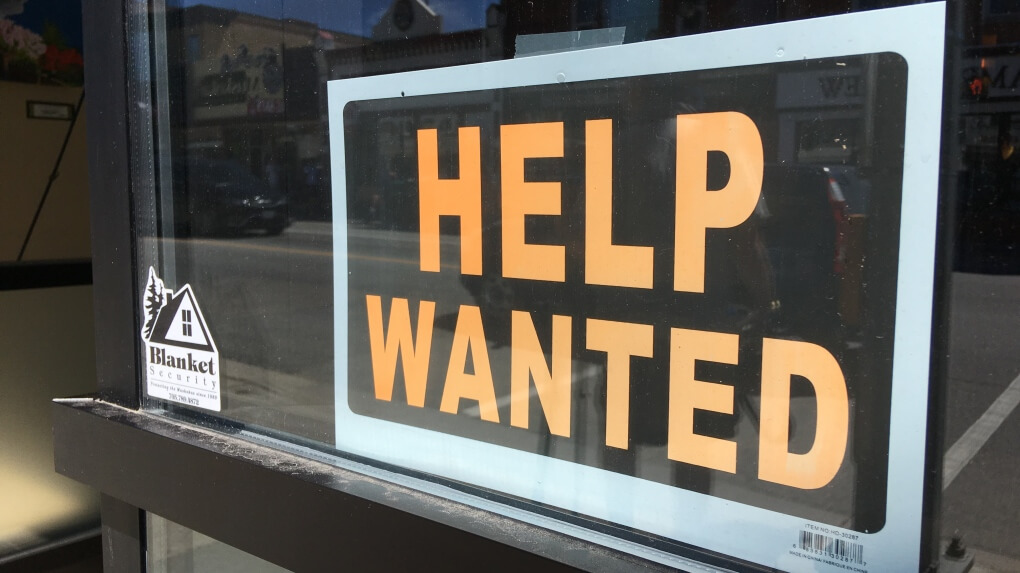The United States Department of Labor revealed that during June, the unemployment rate fell to 11.1%, as a consequence of the 4.8 million new jobs, a symptom that the recession by COVID-19 has probably ended in the US and that drives the economic recovery of Latin American countries.
And although this growth is the maximum reached by United States since the government began to keep records, in 1939, the recovery is threatened by an increase in cases in the south and west of the country that could generate new layoffs.
This record figure responds to the return of activities of non-essential companies, such as restaurants, bars, gyms, and dental offices, among others, who had to close to stop the spread of COVID-19.
In this regard, the President of the Federal Reserve, Jerome Powell, acknowledged this week the pickup in activity and stated that the economy “had entered a new and important phase earlier than expected,” but warned that the outlook “is extraordinarily uncertain. And would depend on our success in containing the virus.“
Economists and analysts agree that the explosion in job growth is a consequence of the government’s Paycheck Protection Program (PPP), which provides loans to companies that can be partially forgiven if used for wages.
However, an alarm also remains over the depletion of these loans, which has triggered a new wave of layoffs that keeps weekly new claims for unemployment benefits extraordinarily high.





